Marketing Attribution: A Comprehensive Guide for E-com 2025
Marketing attribution is the process of giving credit to different marketing touchpoints and strategies that lead to conversions. It helps you solve the mystery of what works and what doesn’t in your marketing campaigns.
In this article, you will find everything you need to know about marketing attribution, such as:
- What is it and why is it important?
- What are the different models and how do they work?
- What are the best tools and how to use them?
This guide will help you master marketing attribution and optimize your marketing performance. Ready to dive in? Let’s go!
What is Marketing Attribution?
Marketing attribution is the process of identifying which marketing channels, campaigns, or touchpoints contribute to conversions and sales. It helps businesses understand the customer journey and allocate resources effectively to maximize return on investment (ROI).
For e-commerce businesses, marketing attribution is crucial to determining which efforts drive the most sales, whether it's paid ads, email marketing, SEO, or social media. Without proper attribution, it’s challenging to measure the real impact of your marketing strategies.
How does Marketing Attribution work?
Marketing attribution works by tracking customer interactions across multiple touchpoints, from the first ad view to the final purchase. It assigns value to each interaction to determine which ones played a significant role in driving conversions.
This process typically involves:
- Data Collection: Gathering data from various sources like website analytics, ad platforms, and CRM systems.
- Touchpoint Tracking: Identifying key interactions such as ad clicks, email opens, and product page visits.
- Attribution Modeling: Applying different models to assign credit to touchpoints based on their contribution to the final conversion.
Types of Marketing Attribution Models
There are 2 main types of marketing attribution models, each with its unique approach to assigning credit:
1. Single-Touch Attribution Model
Single-touch attribution model focuses on one specific touchpoint in the customer journey. There are two sub-types in this category, including
First-Touch Attribution
This model assumes that a consumer's initial interaction with a brand or product is the most influential in their decision to convert. Whether it's an eye-catching banner ad, a captivating social media post, or an engaging email, this first touchpoint is responsible for the entire conversion.
Last-Touch Attribution
As the name suggests, last-touch attribution credits the last touchpoint or interaction a consumer has with the brand before making a purchase or taking the desired action with the entire conversion. This model disregards prior engagements and places all the attribution emphasis on the last encounter.
2. Multi-Touch Attribution Model
There are different touchpoints contributing to conversions; hence, understanding the customer journey is essential.
Multi-touch attribution models emerge as robust method as it examine all the touchpoints that a consumer interacts with on their path to making a purchase. These models are more popular because they accurately depict the complicated landscape of consumer behavior.
Multi-touch attribution types differ in how they assign value to these touchpoints, reflecting consumers' diverse paths to conversion. Here are some key types:
Linear Attribution


Linear attribution model treats each touchpoint along the customer journey as equally important. It acknowledges that each message contributes in some way to driving the conversion.
Time Decay Attribution


The time decay attribution model focuses more on the touchpoints closer to the moment of conversion, which typically have a more substantial impact. As a result, it assigns greater weight to interactions closer to the purchase, assuming they played a more decisive role in sealing the deal.
U-Shaped Attribution


The U-shaped attribution model emphasizes the significance of both the first touchpoint and the lead conversion touchpoint, each receiving 40 percent of the credit for the lead. The remaining 20 percent is distributed among the touchpoints between the first and lead conversion.
W-Shaped Attribution


This model builds upon the U-shaped concept but introduces an additional core touchpoint – opportunity creation. In the W-shaped model attribution, credit is divided among three key touchpoints: first touch, lead conversion, and opportunity creation, each receiving 30 percent of the attribution. The remaining 10 percent is distributed among the supplementary interactions.
Why Marketing Attribution is Important for E-commerce Businesses
If you run an online store using email, social media, ads, and referrals to drive sales, how do you know which works best? Marketing attribution helps by tracking which channels influence customer purchases, showing their journey from first contact to sale. This lets you optimize efforts and improve ROI without guesswork.
Optimized Ad Spend
Marketing attribution helps you see which channels—like paid ads, social media, or email—bring in the most conversions at the lowest cost. Instead of blindly spending on multiple platforms, you can focus your budget on high-performing channels, reducing wasted ad spend and improving ROI.
Improved Customer Journey Insights
Customers don’t just see one ad and buy immediately; they engage with multiple touchpoints, from browsing social media to reading emails before purchasing. Attribution helps track this journey, showing which interactions lead to conversions. With these insights, businesses can create a smoother, more engaging shopping experience. For brands that rely on phone communication, tools like inbound call tracking software (as reviewed in G2’s guide) can fill in gaps and give you a more complete picture of the buyer’s path.
Better Conversion Rate Optimization (CRO)
Understanding which marketing efforts drive the most sales allows you to refine your campaigns for better results. If attribution data shows that customers convert more after receiving a follow-up email, you can double down on email marketing and tweak messaging to boost conversion rates. You can also layer in visual analytics from a tool like Lucky Orange to help complement your attribution insights and make even better decisions.
Data-Driven Decision Making
Instead of relying on gut feelings or assumptions, attribution gives you hard data on what’s working. You can confidently adjust your marketing strategy, scale successful campaigns, and eliminate underperforming tactics, ensuring every decision is backed by real insights. message contributes in some way to driving the conversion.
Since your audience is exploring how to improve marketing attribution, I thought you might find this recent G2 blog article valuable: Inbound Call Tracking Software.
It covers the tools and how businesses use inbound call tracking to finally attribute phone calls to specific campaigns, closing a common data gap in attribution models that rely heavily on digital clicks and form fills.
5 Best Marketing Attribution Tools for E-commerce
Analyzing marketing performance manually is time-consuming and often leads to inaccurate reports. That’s where marketing attribution tools come into play. They automate the process and provide more accurate insights. Here are some top tools and their key features:
1. TrueProfit’s Parameter Generator (New Release!)


TrueProfit's Parameter Genetor as a part of Multi-channel attribution and Product analytics
TrueProfit's Parameter Generator Extension for Chrome simplifies the process of generating URL parameters for your ads across TrueProfit’s Parameter Generator Extension for Chrome makes it easy to create URL parameters for your ads across different marketing platforms. It seamlessly integrates with TrueProfit’s tracking system, helping you optimize Multi-Channel Attribution and Product Analytics effortlessly.
TrueProfit’s Parameter Generator Key Features:
- Auto-Detects Ad Platforms – Instantly recognizes whether you’re using Facebook, Google, TikTok, or other platforms, making parameter setup quick and hassle-free.
- Generates Custom URL Parameters – Creates ad-specific parameters based on your chosen platform, store, and product, ensuring accurate tracking of ad spend per product and channel.
- Auto-Fills Parameters in Ads Manager – Saves you time by automatically inserting generated parameters into the correct fields, reducing manual work and errors.
Pair it with our free Profit Margin Calculator to gain deeper insights into your store’s financial health.
2. Google Analytics


Google Analytics has been the top analytics tool for marketers and e-commerce store owners
Google Analytics is a must-have tool for e-commerce businesses, offering in-depth insights into customer behavior and marketing performance. Its attribution models help track how different marketing efforts contribute to conversions, making it especially useful for top-of-the-funnel marketing attribution.
Google Analytics’s Key Features:
- Real-Time Analytics – Monitor live website activity, traffic sources, and user behavior as they happen.
- Audience Segmentation – Group visitors based on demographics, location, and behavior to run more targeted campaigns.
- Conversion Tracking – Track sales, goal completions, and other key actions to measure marketing effectiveness.
- Event Tracking – Analyze user interactions like button clicks, video views, and downloads for deeper engagement insights.
- Custom Reports & Dashboards – Create tailored reports to track the metrics that matter most to your business.
3. HubSpot


Hubspot is a versatile tool that provides you with crucial data and valuable insights into the performance of your marketing campaigns
HubSpot streamlines marketing attribution by consolidating data from marketing, sales, and customer service into a single platform. This eliminates the need to collect data from multiple sources, saving time and improving accuracy.
HubSpot’s Key Features:
- Unified Data Integration – Combines marketing, sales, and service data into one report for a clearer view of campaign performance.
- Extensive App Integrations – Connects with over 1,000+ apps, ensuring a holistic approach to tracking and analyzing marketing efforts.
- Flexible User Access Control – Allows different access levels to maintain data security and privacy compliance.
Attribution Model Flexibility – Supports multiple attribution models, including first-touch, last-touch, and multi-touch, to help businesses understand customer conversion paths. - Customizable Dashboards: You can create custom dashboards, making it easy to track changes, monitor key metrics, and share updates with stakeholders.
4. Dreamdata


Dreamdata provides B2B marketers with an overview of marketing performance in every channel
Dreamdata is a B2B revenue attribution platform that consolidates and analyzes all revenue-related data. It provides detailed insights into customer journeys, helping marketers optimize ad spend, content strategy, and sales performance.
Dreamdata’s Key Features:
- B2B Revenue Attribution – Collects and cleans revenue data, offering clear insights into what drives sales.
- Visualized Customer Journeys – Tracks every account's interactions with an interactive timeline, helping businesses understand pipeline movement and campaign effectiveness.
- Multi-Touch Attribution Models – Supports customizable attribution models to pinpoint the most effective channels and campaigns.
- Automatic Integrations – Seamlessly syncs with Google and LinkedIn Offline Conversions, ensuring online and offline marketing efforts are aligned.
- Automated B2B Data Warehouse – Provides structured, real-time data to help businesses make informed, revenue-driven decisions.
5. Windsor.ai Analytics


Windsor.ai supports you in aggregating and organizing attribution data from many sources to make a comprehensive report
Windsor.ai is an advanced, machine-learning-driven attribution tool that consolidates marketing data from multiple sources. It specializes in multi-touch attribution reporting, helping businesses gain a clear view of customer journeys and maximize marketing performance.
Windsor.ai’s Key Features:
- Automated Data Warehousing – Assists businesses in building a B2B go-to-market data warehouse, automating processes, and enhancing marketing strategies.
- AI-Powered Attribution – Uses machine learning to collect and organize attribution data, delivering deep insights into campaign performance.
- Wide Integration Support – Connects with 50+ platforms and Zapier, ensuring seamless data collection across online and offline marketing channels.
- Customizable Multi-Touch Models – Enables businesses to tailor attribution models for a precise understanding of how different touchpoints contribute to conversions.
- Revenue-Driven Optimization – Helps marketers refine their ad spend and content strategy based on revenue impact, ensuring higher ROI.
How to Use Marketing Attribution Reports Effectively
Marketing attribution reports help you understand which marketing efforts drive sales so you can optimize your strategy. By following these steps, you’ll turn raw data into actionable insights that improve your marketing performance.
Step 1: Set a Timeframe for Analysis
Decide how often you'll review attribution data—weekly, monthly, or before making major updates. Consider seasonal trends and use visual analytics to spot patterns.
Step 2: Understand Customer Behavior
Use attribution reports to see which channels and content drive the most leads. Identify top-performing blog posts, marketing channels, and website pages that contribute to conversions.
Step 3: Choose the Right Tracking Tools
Ensure you’re collecting the right data with tools like Google Analytics or TrueProfit. If your customer journey involves post-signup interactions, consider advanced tracking solutions.
Step 4: Select the best attribution model
There’s no one-size-fits-all model. For example, you can use first-touch attribution to measure initial engagement or multi-touch models to analyze the full customer journey.
Step 5: Analyze Your Data
Review attribution data to determine which marketing efforts yield the best results. Toggle between different models to compare insights and refine your strategy.
Step 6: Visualize Your Findings
Make reports easier to understand with graphs and charts. Many marketing attribution tools offer built-in visual dashboards to simplify data interpretation.
Step 7: Take Action
Use your findings to refine campaigns, allocate budgets, and test new strategies. If needed, conduct market research or seek training to improve decision-making.
TrueProfit bridges the gap between your ROAS and your actual earnings - net profit. Track your attribution, marketing metrics, and net profit in one place so every dollar spent leads to real, measurable growth.
Marketing Attribution FAQs
What is Marketing Attribution?
A marketing attribute is a characteristic or property used to define and analyze marketing efforts, such as customer demographics, campaign performance, or engagement metrics.
What is an example of marketing attribution?
If a customer sees a Facebook ad, clicks on a Google search result, and then makes a purchase after receiving an email offer, marketing attribution helps determine which touchpoint contributed most to the sale.
How do you measure marketing attribution?
Marketing attribution is measured using analytics platforms like Google Analytics 360, Google Campaign Manager, or third-party attribution tools. These tools analyze customer touchpoints and determine which marketing efforts contribute most to conversions.
Why is marketing attribution difficult?
Marketing attribution is difficult due to privacy restrictions, cross-device tracking challenges, and fragmented data. Regulations like GDPR and iOS updates limit tracking, while users switch between multiple platforms, making it hard to connect touchpoints.
What is the attribution problem in marketing?
The attribution problem in marketing arises from long sales cycles, multiple touchpoints, and complex customer journeys, making it difficult to accurately track which marketing efforts are driving conversions.
What are the benefits of attribution in marketing?
Attribution in marketing helps identify which channels drive the most conversions, allowing you to focus resources on what works best.
What is the best marketing attribution model?
The time decay attribution model is often considered one of the best because it gives more credit to touchpoints closer to the conversion, helping you understand which activities most directly lead to sales.
What is the most common attribution model?
The most common attribution model is the Last-Touch Attribution Model, which gives all the credit to the last touchpoint a lead interacted with before converting. It’s widely used in platforms like Google Analytics.
How to calculate marketing attribution?
To calculate marketing attribution, you assign credit to each touchpoint along the customer journey. For example, in a weighted attribution model, you might allocate 40% to the first and last touchpoints, with the remaining 20% divided among intermediary touchpoints.
What types of questions can marketing attribution answer?
Marketing attribution can answer questions such as which marketing channels are driving the most conversions, which campaigns are most effective, and how the customer journey can be optimized for better results.
Leah Tran is a Content Specialist at TrueProfit, where she crafts SEO-driven and data-backed content to help eCommerce merchants understand their true profitability. With a strong background in content writing, research, and editorial content, she focuses on making complex financial and business concepts clear, engaging, and actionable for Shopify merchants.






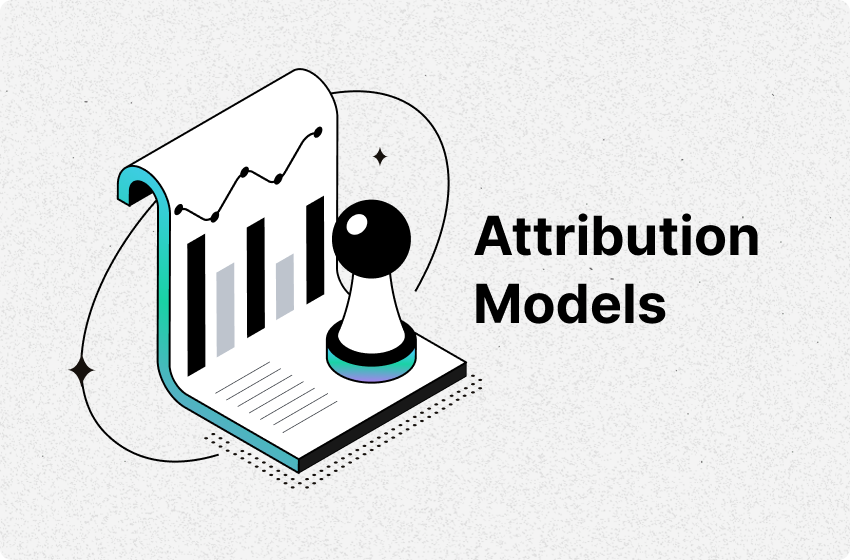
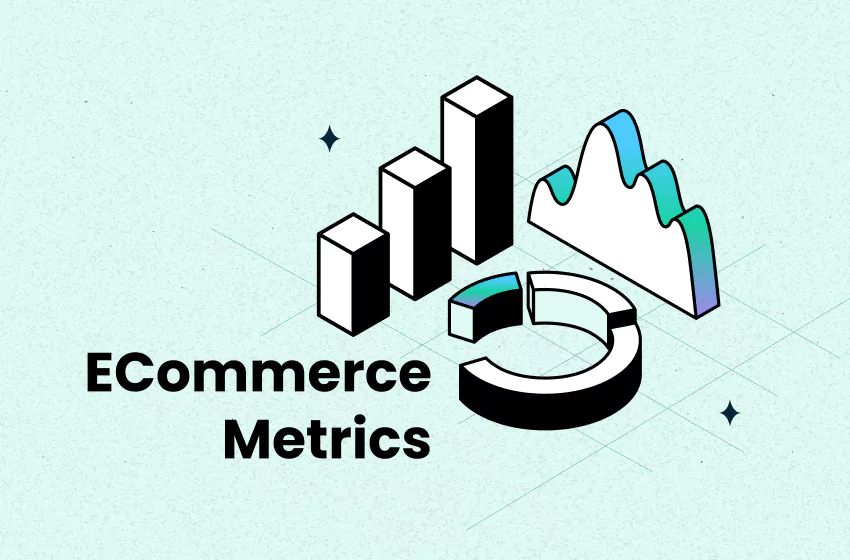
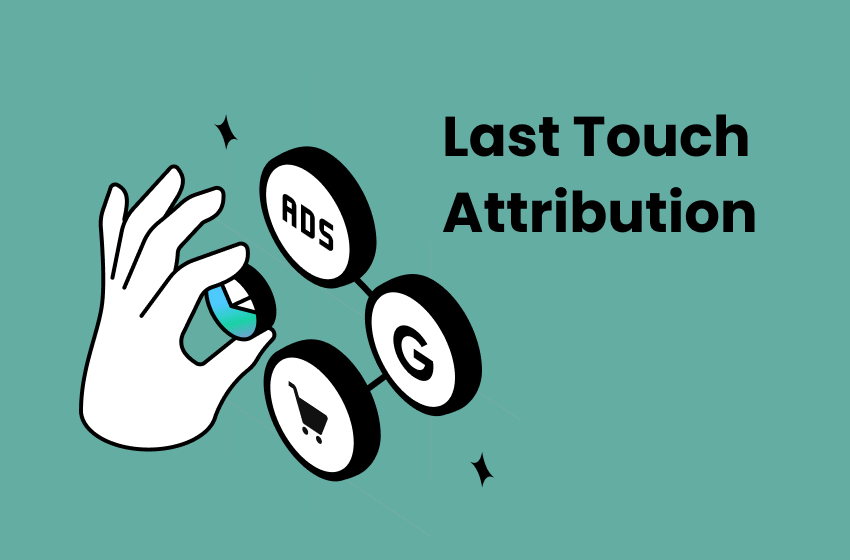

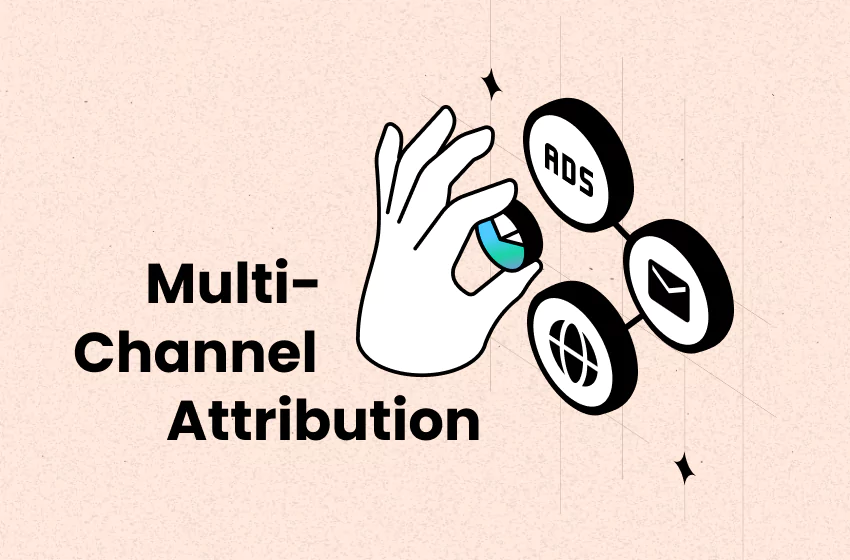
![Multi-Touch Attribution and Models: A Complete Guide [2025]](https://be.trueprofit.io/uploads/Multi-Touch-Attribution.png)

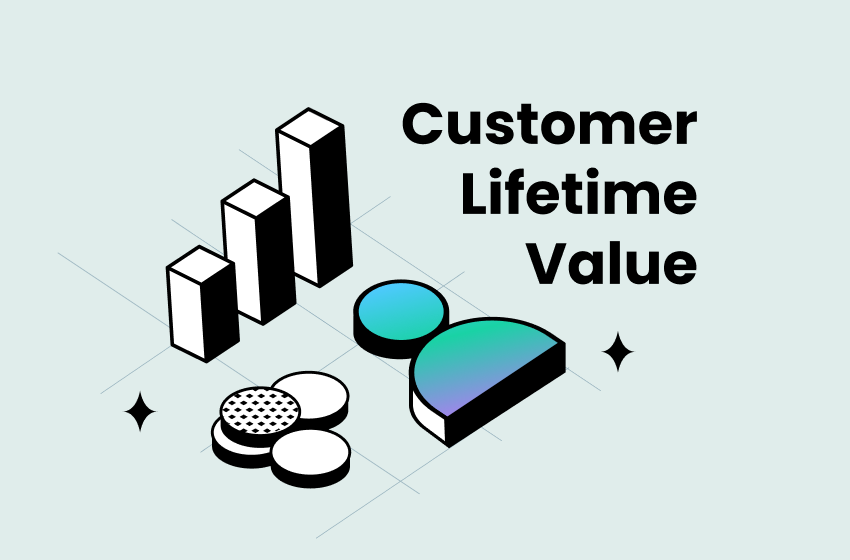
 Shopify profits
Shopify profits